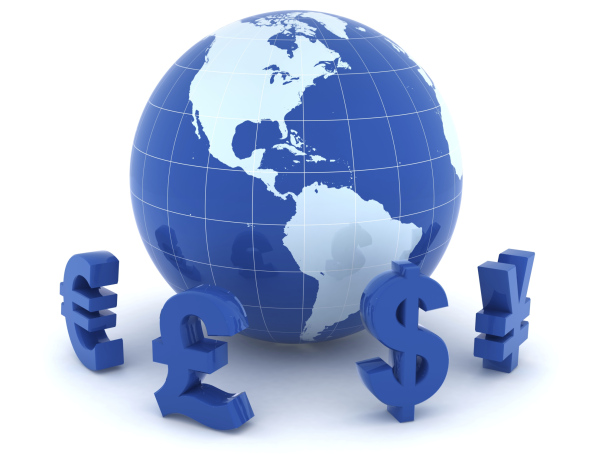Global Currency Movement and other Economic News

Please note that we are not authorised to provide any investment advice. The content on this page is for information purposes only.
The holiday-shortened week has begun. Some causes of consternation have eased. Oil prices are firmer after the pre-weekend recovery. The Russian rouble, where the focus has been greater than the exposure, has continued to recover following signs that China may be willing to offer it more assistance. It is up 5.4% to bring its two-day recovery to 9%. Rosneft spurred pressure on the rouble trying to secure $7 bln for debt repayment. After it made the payment, the selling pressure on the share price and the rouble eased considerably.
The holiday-shortened week has begun. Some causes of consternation have eased. Oil prices are firmer after the pre-weekend recovery. The Russian rouble, where the focus has been greater than the exposure, has continued to recover following signs that China may be willing to offer it more assistance. It is up 5.4% to bring its two-day recovery to 9%. Rosneft spurred pressure on the rouble trying to secure $7 bln for debt repayment. After it made the payment, the selling pressure on the share price and the rouble eased considerably.
China and Russia had established a CNY150 bln (~$24 bln), three-year swap line a couple months ago. There has been some suggestion that China could expand the swap line. China has swap lines with at least 28 central banks, of which only one, Argentina, has drawn. They used it to defend the peso, not to help settle trade with China.
Overnight rates in Russia have eased, but they remain elevated. Tax payments due this week may also be absorbing liquidity. The central bank injected short-term liquidity, but a key bottleneck emerged. Some banks do not have sufficient collateral to borrow more. The yield on Russia 10-year benchmark rouble bond dropped 41 bp to below 13%. It peaked last week near 15.9%.
The European news stream is quiet. The euro recorded new two-year lows before the weekend, and is consolidating those losses today. The small bounce that saw it move toward $1.2275 appears to have exhausted the correction, though the lack of participation could make for erratic price action. European stocks and bonds are firmer. The Dow Jones Stoxx 600 is up about 0.7%, by the energy sector.
It appears that a growing consensus expects the ECB to announce a wider asset purchases plan next month, which will include sovereign bonds. As the modalities work it out, there seems to be an over-arching goal driving the negotiations. Construct a program that will have the widest possible support. That involves the size of the program and the instruments. It also involves keeping risk to the ECB to a minimum. That could mean having the national central banks absorb some of the credit risk, as is the case with the covered bond purchases.
Separately, the Greek presidential selection process continues this week, with the second attempt by parliament scheduled for tomorrow. It is highly unlikely to find 200 votes for the government’s candidate, leaving the third and final effort on December 29 critical. A failure there would trigger national elections for late January or early February.
Prime Minister Samaras is doing everything necessary to try to peel away 20 more votes. He has offered a cabinet reshuffle to former a wider coalition. He has offered to hold national elections by the end of next year following the conclusion of negotiations with the Troika and institute additional political reforms.
The Greek 10-year bond yield peaked near 9.43% on December 12 and finished last week near 8.43%. Today it is testing the 8.2% area, which is a two week low. The 3-month bill yield peaked on December 9 near 4.38%. It closed last week near 3.63% and is now around 2.87%.
The dollar has approached the JPY120 level after bottoming early last week just below JPY115.60. The greenback is higher against the yen for four days running. Japanese markets are closed Tuesday. During the same time, the Nikkei has rallied 6%. The Nikkei posted minor gains on the day, but energy sector exploded, posting a nearly 17% gain.
The US dollar also rose against the Chinese yuan for the fourth day, though still confined to its pre-weekend range. The yuan has lost about 0.5% during this streak. It is trading near the six-month low set on December 19. The squeeze on interbank liquidity appears to be a function of the new IPOs and year-end pressure. Pressure from the former appears to have peaked. Meanwhile, the Shanghai Composite extended its recent gains to reach a new four-year high. Today’s 0.6% rise did not have much breadth. A 5.1% rise in utilities, a 3.7% rise in financials, and a 3.0% rally in energy fueled the rise.
Dollar Consolidates Gains, Oil Steadies, Rouble Recovers is republished with permission from Marc to Market




